Serving in the military doesn’t make people good with guns
- By We Are the Mighty
Share This Article
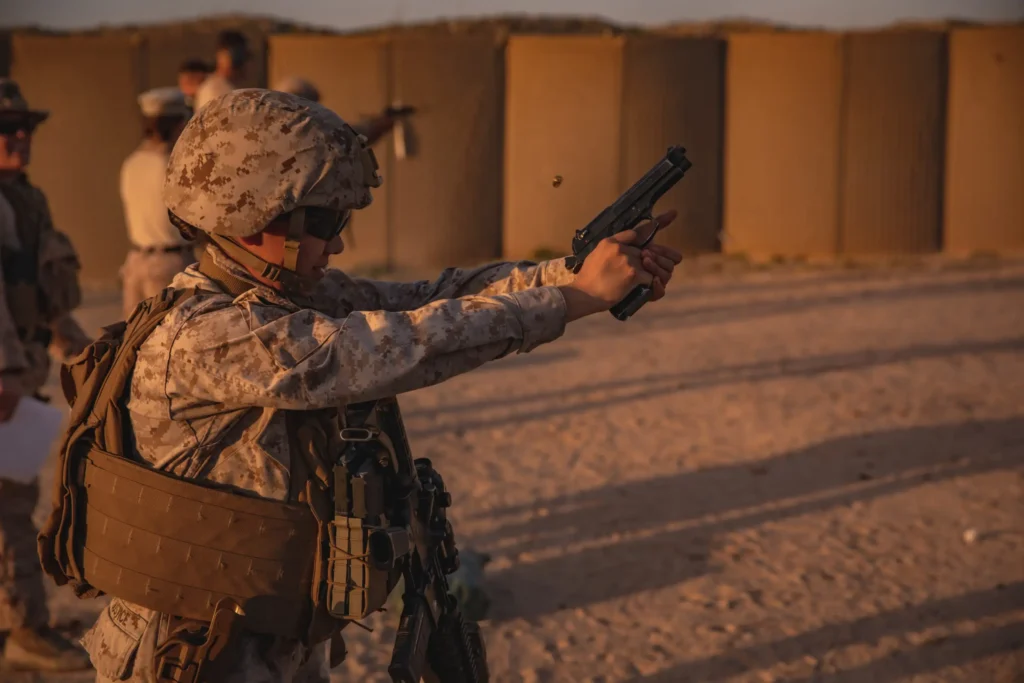
When it comes to handling firearms, it’s often assumed that the military and police are the best. After all, both professions involve the use of firearms. In reality, most service members and law enforcement officers rarely employ their weapons in the line of duty. The majority will conduct some form of annual qualification, shooting maybe 50-100 rounds total, and that’s it.
As part of America’s Armed Forces, service members are expected to know how to safely handle firearms. The different branches of the military develop their own standards and curriculum, but the general training pipeline calls for safety classes, weapon familiarization, and a live-fire qualification. Soldiers are trained to close with and destroy the enemy, while Marines are taught that they are all riflemen. However, only about 20% of the military has a combat job. In January 2005, only 40% of the Army forces in Iraq had a combat mission. The remaining 60% held logistics or HQ/admin roles. While having a support role doesn’t preclude a service member from combat, it does place less emphasis on weapons handling when it comes to their training.
Related: Debunking 5 of the most common gun myths
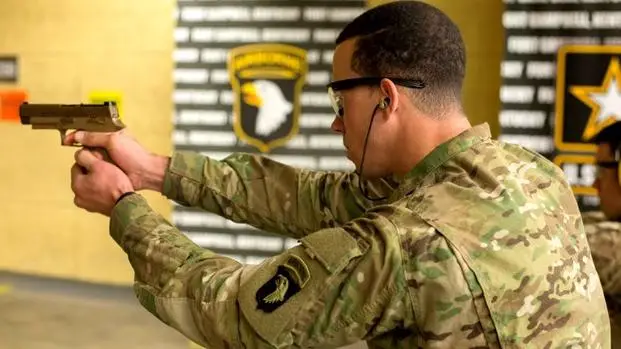
Air Force Basic Military Training features one rifle training day that includes four to five hours of classroom instruction followed by three hours on the range. On the other end of the spectrum, Marine Corps Recruit Training incorporates two weeks of marksmanship training, including a Firing Week. Sure, infantry training provides additional emphasis on weapons employment. Even so, Marine and Army infantry have to learn other skills like tactical movement, communication, and fieldcraft. Marksmanship and weapons handling is only a part of their job. Moreover, many troops don’t receive training on pistols which are significantly more difficult than rifles to shoot well.
But what about special operations forces? Yes, Navy SEALs and Green Berets train extensively with their weapons. However, there are other skills that they must learn in order to effectively carry out their missions. SEALs have to be master swimmers and divers to own the ocean while Green Berets learn languages and psychology to integrate with and train local forces. In fact, USSOCOM regularly employs professional civilian shooters to learn the latest techniques being employed in competition.
Related: The MC51 was a super short blaster used by UK’s elite warriors
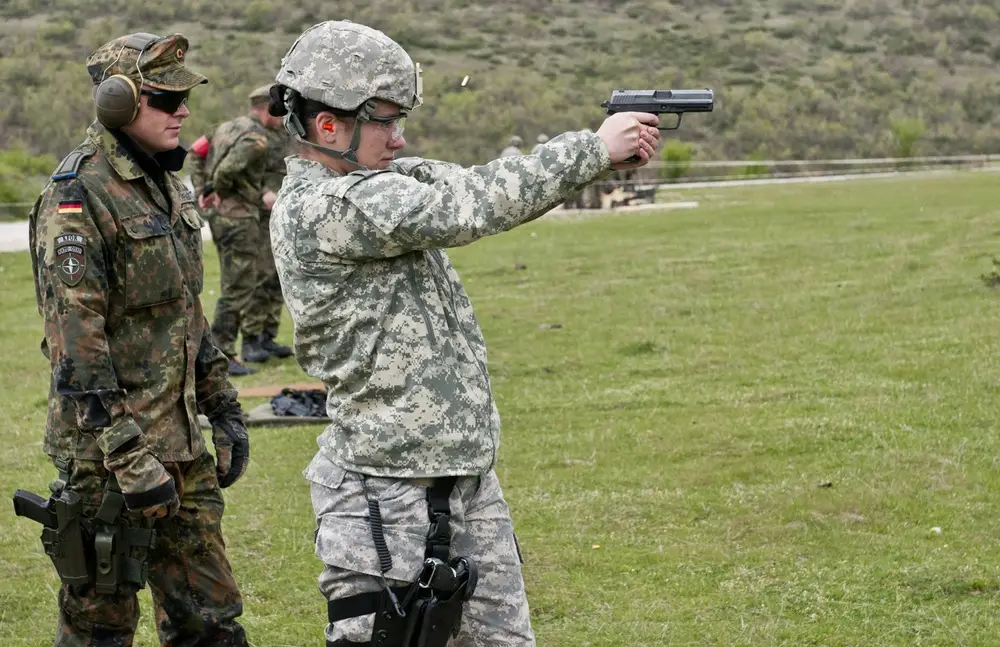
Like any other large government entity, the U.S. military is slow to adapt to current trends. This is reflected in weapons training. Professional civilian shooters shoot from the wall of the trigger. When the trigger breaks and the shot is fired, they let off the trigger enough to reset it and return to the wall to fire their next shot once their sight picture is reacquired. In contrast, the military teaches a slow and smooth trigger pull with the trigger pinned to the rear after the shot. Troops are taught to release the trigger until they hear and feel the audible and tactile trigger reset. As a result, many will use the reset as their cue to fire again when shooting under stress, resulting in unnecessary trigger input and reduced accuracy.
Military firearms training is designed to teach large numbers of troops how to safely employ their assigned weapon. However, this doesn’t make everyone who has worn the uniform an expert on the subject. For most troops, their rifle or pistol is just another sensitive item that has to be accounted for. Those who regularly train with their weapons are also expected to master other, more important skills. While there are absolutely highly proficient shooters in the military, they didn’t achieve that skill level at basic training.
This article by Miguel Ortiz was originally published by We Are the Mighty.
Read more from Sandboxx News
- Lasers won’t save us from hypersonic weapons
- What is a ‘kit flag’ and why do service members carry them?
- Exploring the claims that America’s TR-3A UFO fought in Desert Storm
- Russia’s missile arsenal is running low so Moscow turns to one of its few allies for help
- Why do officers have a higher success rate than enlisted men at becoming Navy SEALs?
Related Posts
Sandboxx News Merch
-

‘AirPower’ Classic Hoodie
$46.00 – $48.00 Select options This product has multiple variants. The options may be chosen on the product page -

‘Sandboxx News’ Trucker Cap
$27.00 Select options This product has multiple variants. The options may be chosen on the product page -

‘Kinetic Diplomacy’ Bumper Sticker (Black)
$8.00 Add to cart
We Are the Mighty
Related to: Military Affairs
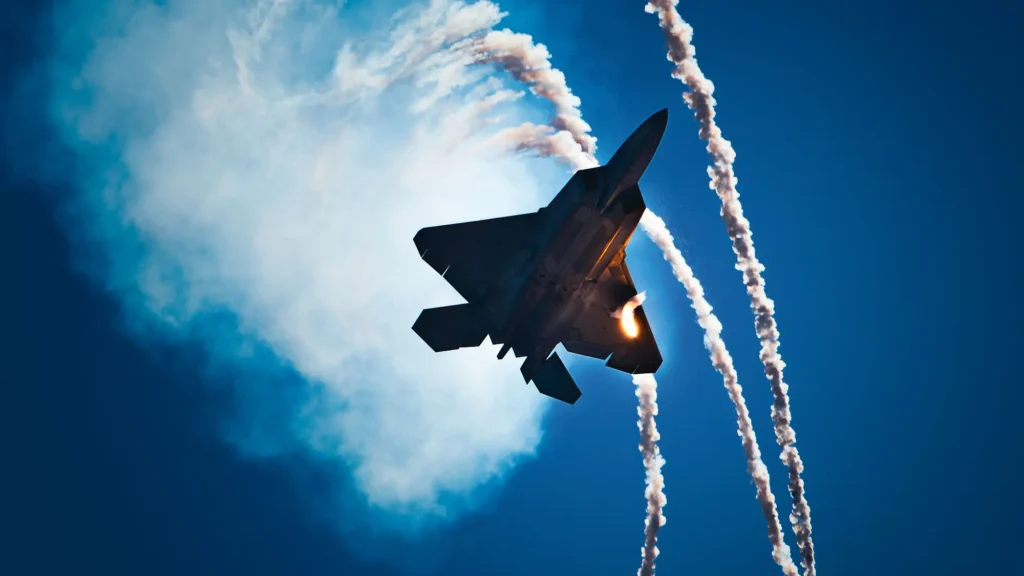
America’s first 6th-gen fighter jet will be Boeing’s F-47, Trump just announced
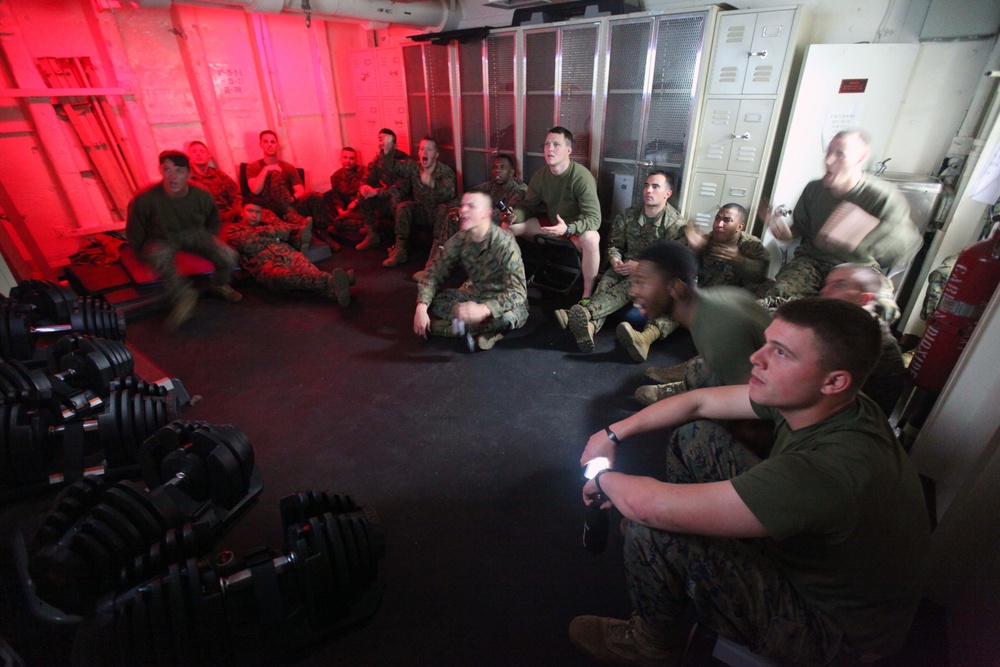
3 new TV shows to watch to make service time pass faster
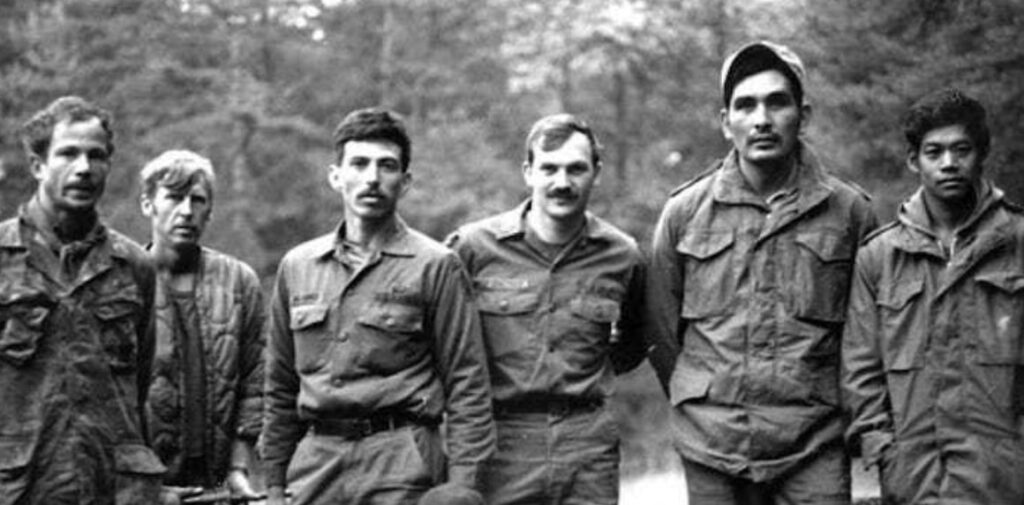
Delta Force Assessment and Selection: Spending nights at base camps
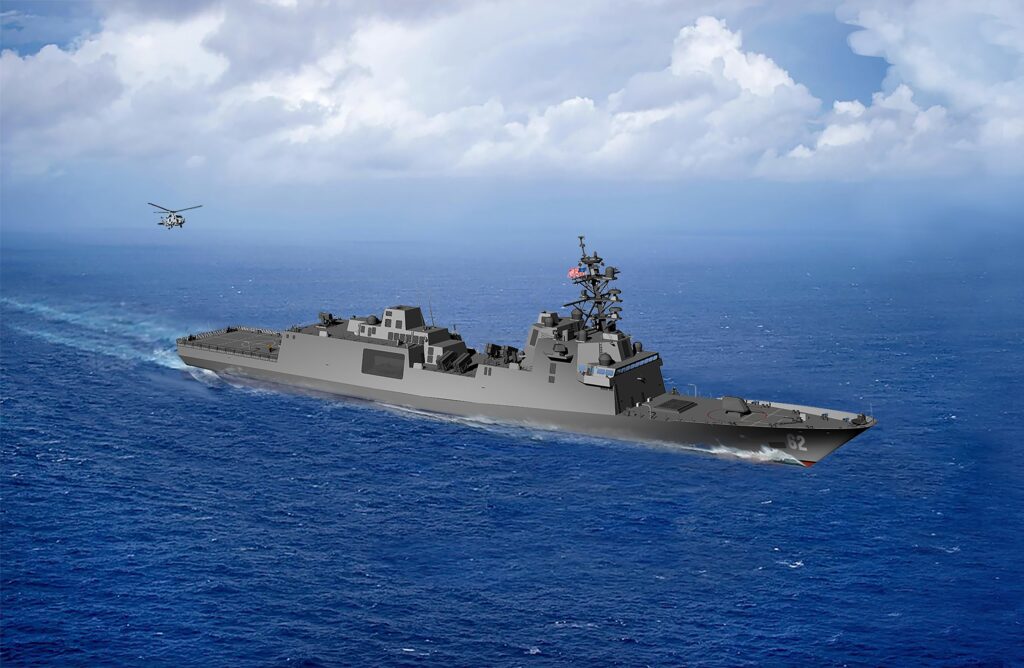
The US Navy is forced to wait on its new flagship frigate
Sandboxx News
-

‘Sandboxx News’ Trucker Cap
$27.00 Select options This product has multiple variants. The options may be chosen on the product page -

‘AirPower’ Classic Hoodie
$46.00 – $48.00 Select options This product has multiple variants. The options may be chosen on the product page -

‘AirPower’ Golf Rope Hat
$31.00 Select options This product has multiple variants. The options may be chosen on the product page -

‘Sandboxx News’ Dad Hat
$27.00 Select options This product has multiple variants. The options may be chosen on the product page
